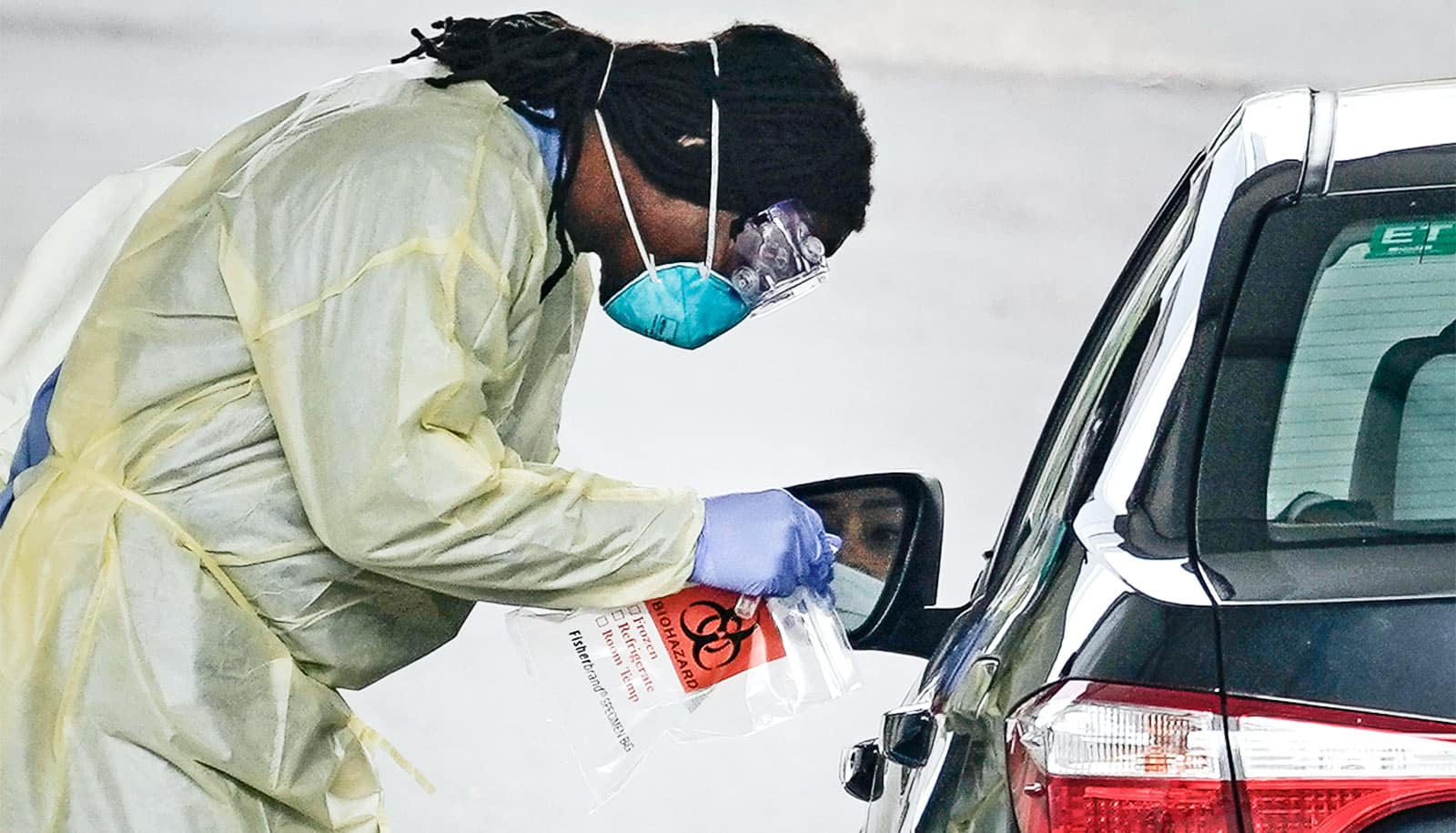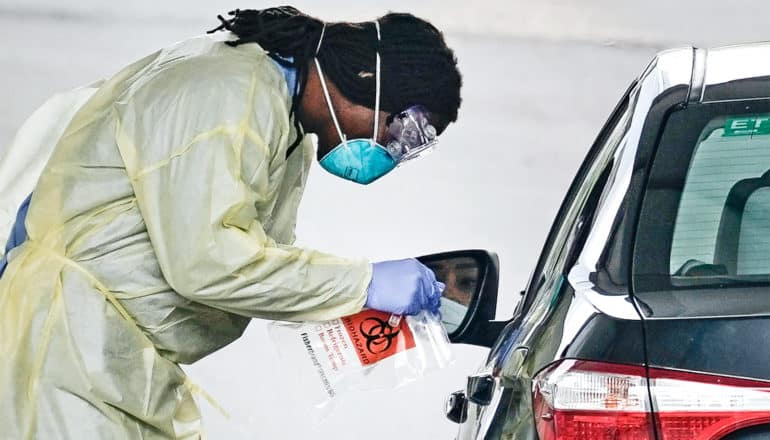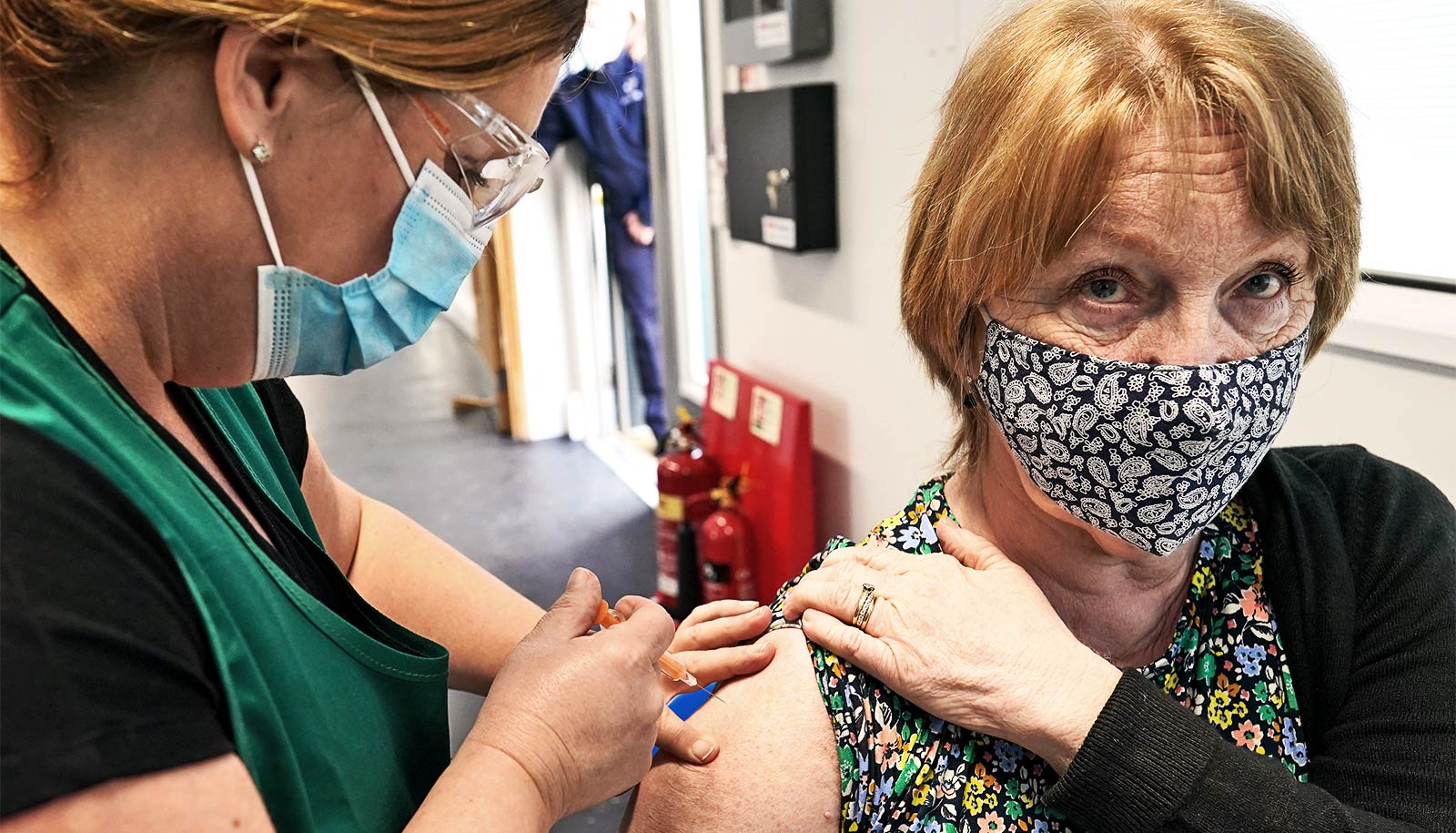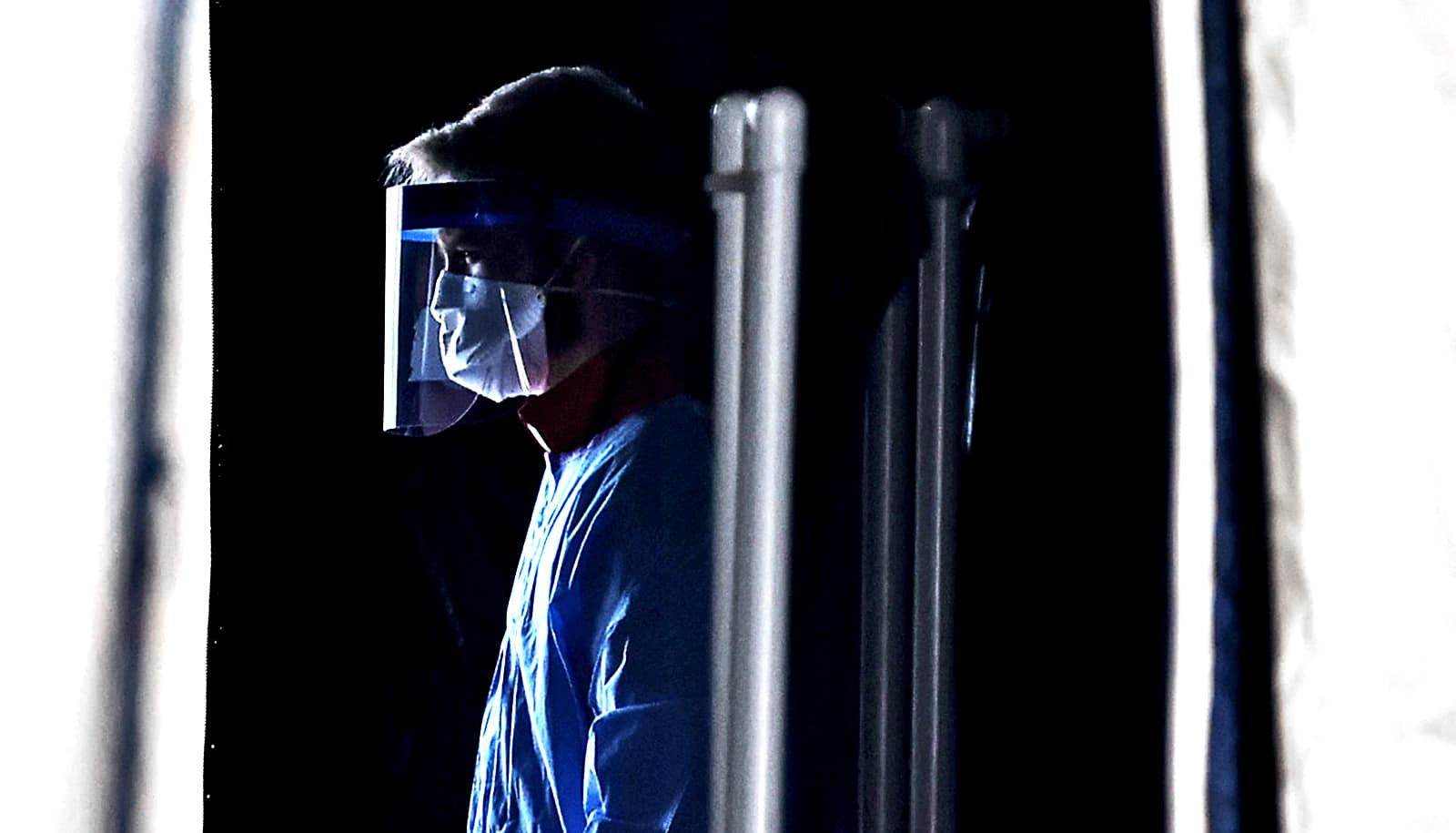
Staff members assist shoppers at Costco Perth on March 19, 2020 in Perth, Australia. The store, which is the first Costco in Western Australia, is limiting toilet paper purchases to one packet per customer, in response to panic buying across Australia as fears over the COVID-19 pandemic grow. (Credit: Getty Images )
14.4 million Americans face COVID-19 exposure weekly at work
Millions of Americans face risk of COVID-19 exposure at work, either weekly or monthly, new research indicates. It's not just health care workers, either.

In the United States, 14.4 million workers face exposure to COVID-19 infection at work once a week and 26.7 million at least once a month, according to new study.
The research points to an important population needing protection as COVID-19 continues to break out across the US.
Marissa Baker, an assistant professor in the School of Public Health at the University of Washington, based her calculations on research she published in 2018 in the American Journal of Industrial Medicine.
In that paper, Baker and coauthors calculated that about 8% of workers in Federal Region X—comprised of Alaska, Washington, Oregon, and Idaho—work in jobs where exposure to infection or disease occurs at least once a week at work.
Those risks include flu-like illnesses, MRSA, and other respiratory illnesses, like COVID-19, as well as wound infections.
Using federal employment data, and the same analysis method, Baker and her coauthors determined:
- 10% (14,425,070) of US workers are employed in occupations where exposure to disease or infection happens at least weekly, based on employee and employer self-report.
- 18.4% (26,669,810) of US workers are employed in occupations where exposure to disease or infection happens at least monthly, based on employee and employer self-report.
“While healthcare occupations represent the bulk of workers exposed to infection and disease, other occupations that frequently interface with the public and provide essential services are also at increased risk of exposure. Those include police officers, firefighters, childcare workers, and personal care aides,” says Baker, who is also program director of the Industrial Hygiene/Exposure Science program in the environmental and occupational health sciences department.
“This underscores the importance of all types of occupations developing workplace response plans for infectious disease.”
While those response plans must include how to keep workers safe from exposure at work, Baker adds, they must also ensure workers don’t have to show up sick, potentially spreading disease within and outside the workplace.
Some workers who are in higher paying and more secure jobs, often salaried, can work from home or afford more time away from work, but many don’t have these same options, such as workers who participate in the gig economy or are independent contractors and are typically not considered employees. These workers don’t benefit from employee protective policies, such as sick leave, putting them at increased risk of having to work when they or a loved one is sick, despite public health guidance.
Even if a worker does have paid sick leave, and knows how to access it, a variety of other real and perceived pressures—such as an economy that rewards people who are working hard at all times, or pressure to perform work that no one else can perform, encourages workers to come to work sick, a phenomena researchers term “presenteeism.”
“Our findings serve as an important reminder that the workplace should be a focus for public health intervention, especially during disease outbreaks such as COVID-19,” Baker says, adding that researchers produced the new work to help shed light on this fact, and to respond to questions about their 2018 paper and its application to the current, nationwide outbreak. Estimating the burden of US workers exposed to infection or disease is a key factor in containing risk of COVID-19 infection.
“The public health implications from our study,” Baker says, “are that workplaces need to make sure that they are not only protecting their workers at work, but also coming up with contingency plans to make sure that sick workers are not coming to work, and that can be accomplished through training workers to fill in for each other, providing additional paid sick leave during this time and similar measures.”
The research appears on medRxiv and has not yet been peer reviewed. The researchers have submitted the paper to a journal and peer review may change how these data are displayed and interpreted, the authors say.
Funding for this research came from the National Institute for Occupational Safety and Health (NIOSH).
Source: University of Washington
The post 14.4 million Americans face COVID-19 exposure weekly at work appeared first on Futurity.
Share this article:
This article uses material from the Futurity article, and is licenced under a CC BY-SA 4.0 International License. Images, videos and audio are available under their respective licenses.
Related Articles:
More people want the COVID vaccine in the UK than in the US
March 16, 2021 • futurityListen: This man saw the COVID-19 pandemic coming
April 2, 2020 • futurityLinks/images:
- https://doi.org/10.1002/ajim.22931
- https://www.futurity.org/mrsa-infections-families-2222792-2/
- https://www.futurity.org/physical-therapy-hospital-readmission-older-adults-2032092-2/
- https://www.futurity.org/hospitals-prepare-for-covid-19-2309432-2/
- https://doi.org/10.1101/2020.03.02.20030288
- https://www.washington.edu/news/2020/03/06/millions-of-us-workers-at-risk-of-infections-on-the-job-uw-researchers-calculate-emphasizing-need-to-protect-against-covid-19/
- https://www.futurity.org/covid-19-exposure-at-work-2309942/
- https://www.futurity.org


